They only occupy two per cent of the Earth’s land mass, but cities today use a huge amount of the planet’s natural capital, consuming 75 % of global resources and generating 80 % of global greenhouse gas emissions.
As the world population grows to 9 billion by 2050, the number of those living in urban areas will swell by 3 billion to 6.3 billion. With demand for energy and resources set to spike on the back of urban population growth, smart cities have emerged as the modern answer to the wave of urbanisation sweeping across the globe.
What defines a smart city?
Put simply, smart cities integrate diverse technologies to reduce its environmental impact. Using a more formal definition from a recent report by the United Cities and Local Governments, smart cities use new technologies, innovation and knowledge management to become more liveable, functional, competitive and modern, bringing together six key fields of performance: the economy, mobility, the environment, citizenship, quality of life and management.
More details at the link...
Via
Lauren Moss



 Your new post is loading...
Your new post is loading...



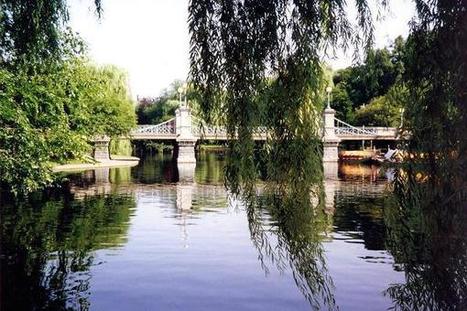

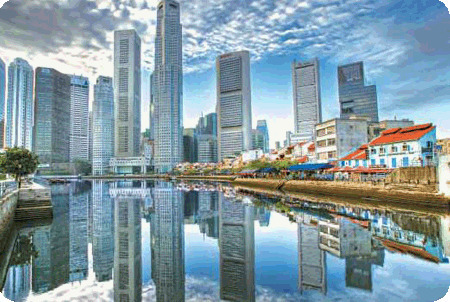


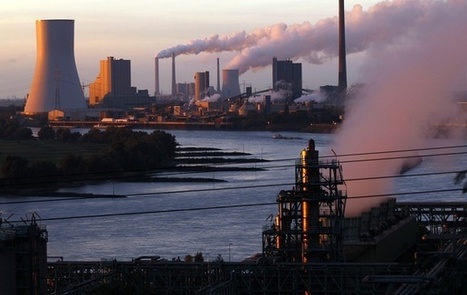
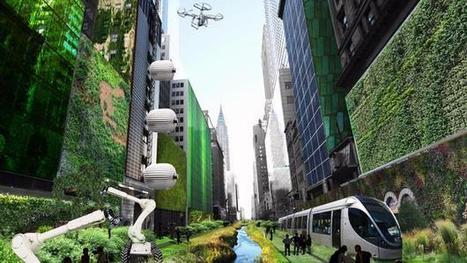
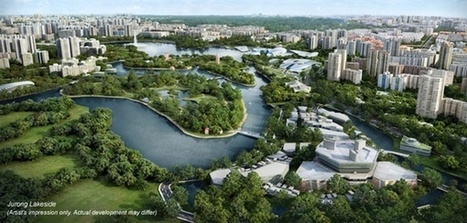






add meg a belátás ...